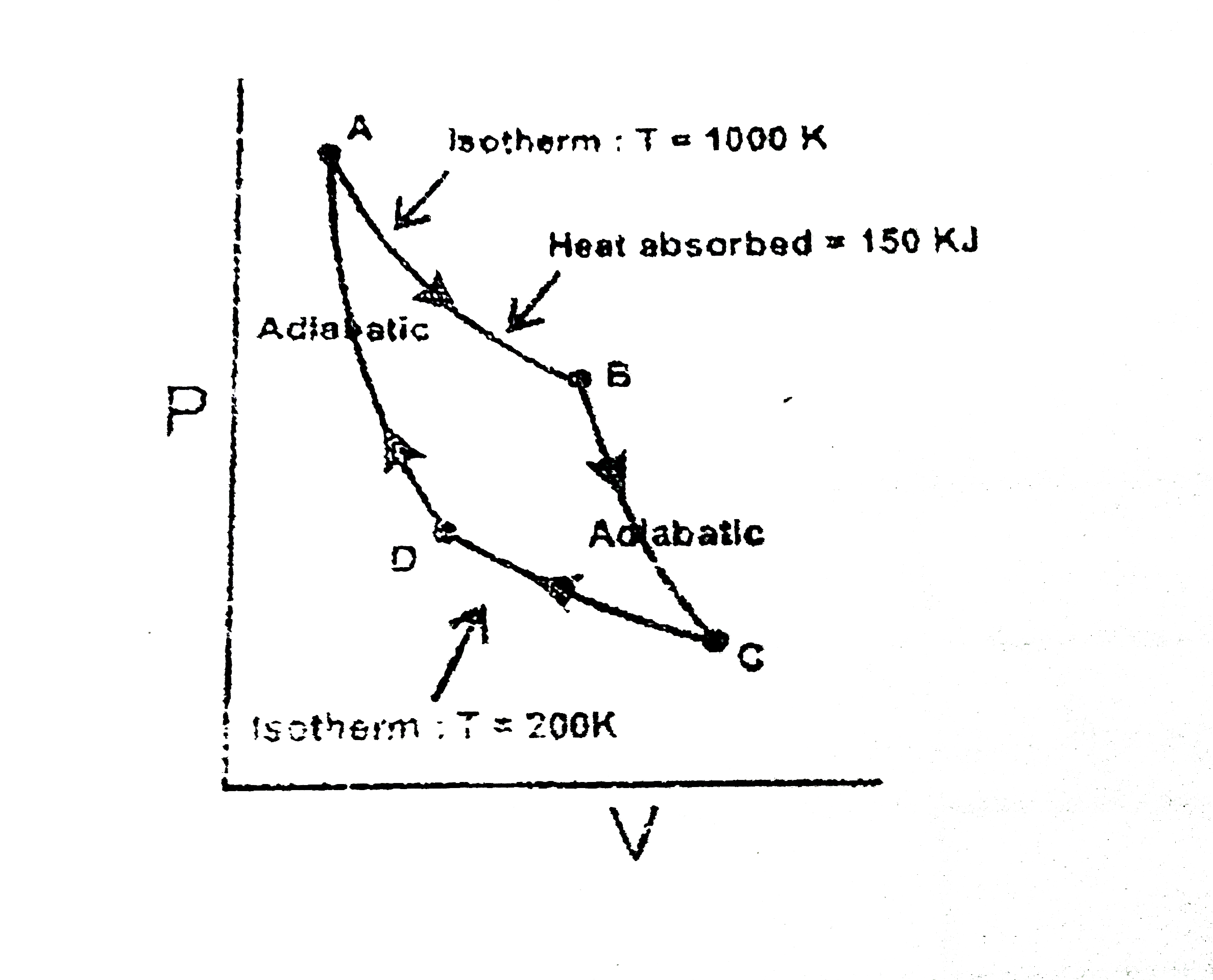Free energy change for the process A(s)⇔A(l) will be:
Step by step video & image solution for Free energy change for the process A(s)hArrA(l) will be: by Chemistry experts to help you in doubts & scoring excellent marks in Class 12 exams.
Updated on:21/07/2023Topper's Solved these Questions
- Chemical Thermodynamics and ThermochemistryBOOK - OP TANDONCHAPTER - Chemical Thermodynamics and ThermochemistryEXERCISE - Self Assessment (Matrix Type)
3 Videos
- CHEMICAL KINETICSBOOK - OP TANDONCHAPTER - CHEMICAL KINETICSEXERCISE - LINKED COMPRESHENSION TYPE QUESTIONS ( SECTION-VI)
4 Videos
- CLASSIFICATION AND NOMENCLATURE OF ORGANIC COMPOUNDS BOOK - OP TANDONCHAPTER - CLASSIFICATION AND NOMENCLATURE OF ORGANIC COMPOUNDS EXERCISE - INTEGER
2 Videos
Similar Questions
Knowledge Check
Free energy change for a reversible process is
A>0B<0Cequal to zeroDunpredictableAssertion : Copper metal gets readily corroded in an acidic aqueous solution.
Reason : Free energy change for this process is positive.AIf both assertion and reason are true and the reason is not the correct explanation of the assertion.BIf both assertion and reason are true but reason is not the correct explanation of the assertion.CIf assertion is true but reason is false.DIt the assertion and reason both are false.For a substance A, vapour pressure of liquid and solid state at temperature 400K is 0.1bar and 0.16bar respectively. What will be Gibbs free energy change for the following process.
A(s)[0.1bar,400K,n=1]→A(l)
[0.16bar,400K,n=1]A0B400RIn1.6C400RIn11.6D400R[0.16−01]
The accompanying diagram represents a reversible cannot cycle for an ideal gas:

What is the Gibbs free energy change during the process A→B ?
View SolutionThe value of free energy change of an equilibrium process is
View SolutionThe standard free energy change of the reaction Cu2++Sn(s)→Cu(s)+Sn2+
Given : E∘=0.48V) is:
View SolutionCd(s)+Pd2+(aq)→Cd2+(aq)+Pd(s)
Free energy change for the above cell reaction at 25 ∘C is (Given: E∘ )
View SolutionStatement -1. If free energy change of the system is negative, the process is spontaneous even if the total free energy change of the system and the surroundings is positive.
Statement -2. The spontaneity of a process depends only on the free enegy change of the system.
View Solution
